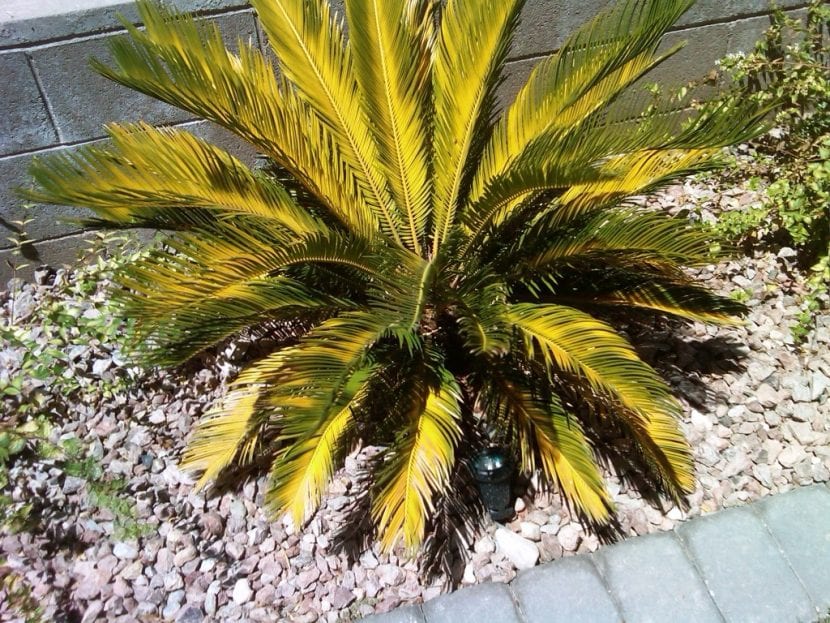
Image - Xtreme Horticulture
La cyca It is a plant that has been on planet Earth for millions of years, specifically, about 300 million years. Despite its slow growth or, perhaps, because of it, it has been able to adapt better than other plants to different climates, both hot and cold. But like all life, yours is not without dangers and threats.
When we cultivate it, there is often some other problem, and that is when we wonder what happens to it. If your Cyca has yellow leaves, in this article you will discover what's wrong and how you can fix it.
Mealybugs

There are many species of mealybugs, the most common being the cottony which is the one that, in turn, most affects ornamental plants such as cica.
They appear on the underside of the leaves, and when you touch them you notice that they have a very soft touch. Its body is very fragile, so I recommend that you wear gloves so you don't end up with dirty hands.
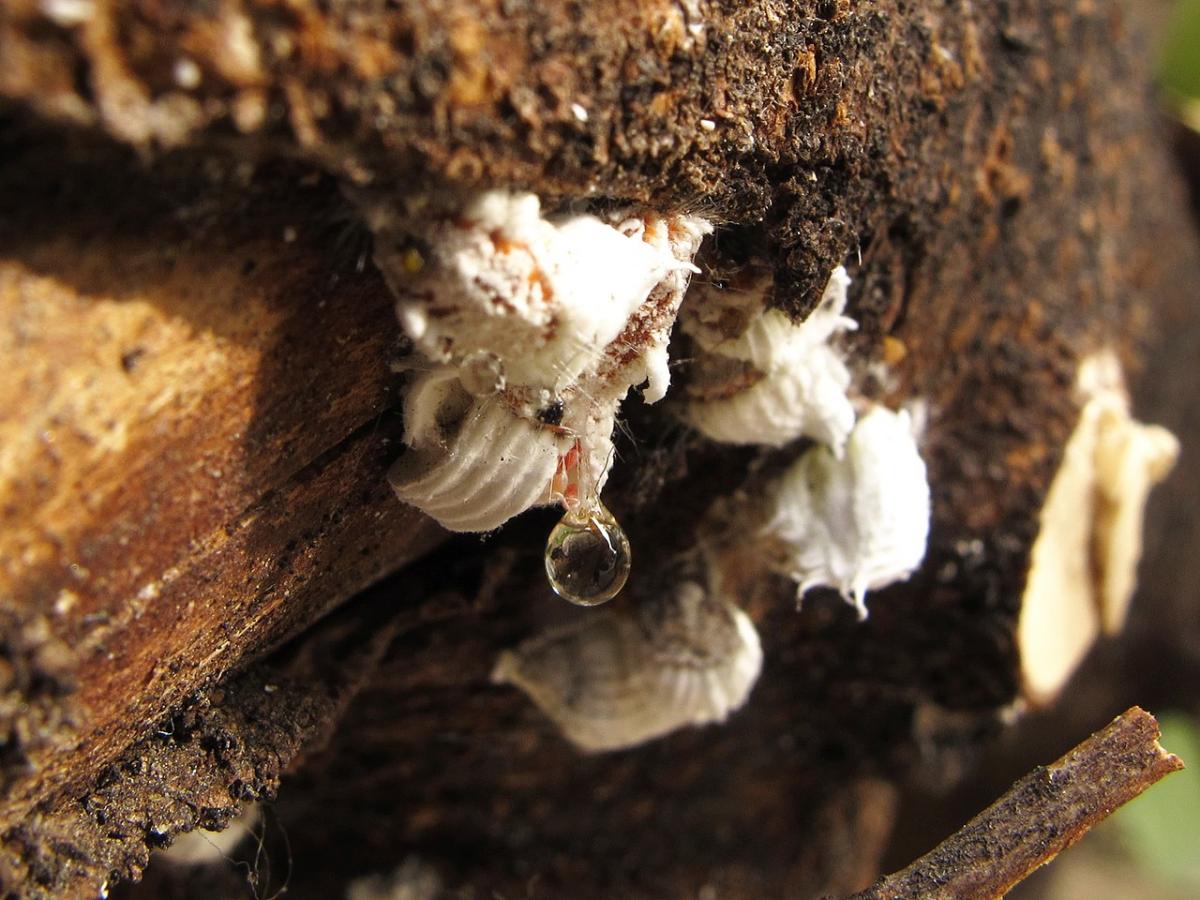
The hot and dry climate favors them, so you will see them especially in summer. They can be easily treated either with natural insecticides such as Neem oil (on sale here) or the paraffin oil, or with chemical insecticides such as Dimethoate al 40%.
Burnt / yellow center leaves
This occurs when we have bought a plant that was in a greenhouse protected from direct sun and we have put it directly in a very exposed area. The leaves in the center quickly turn yellow, and the entire plant can turn yellow in a matter of a few days.
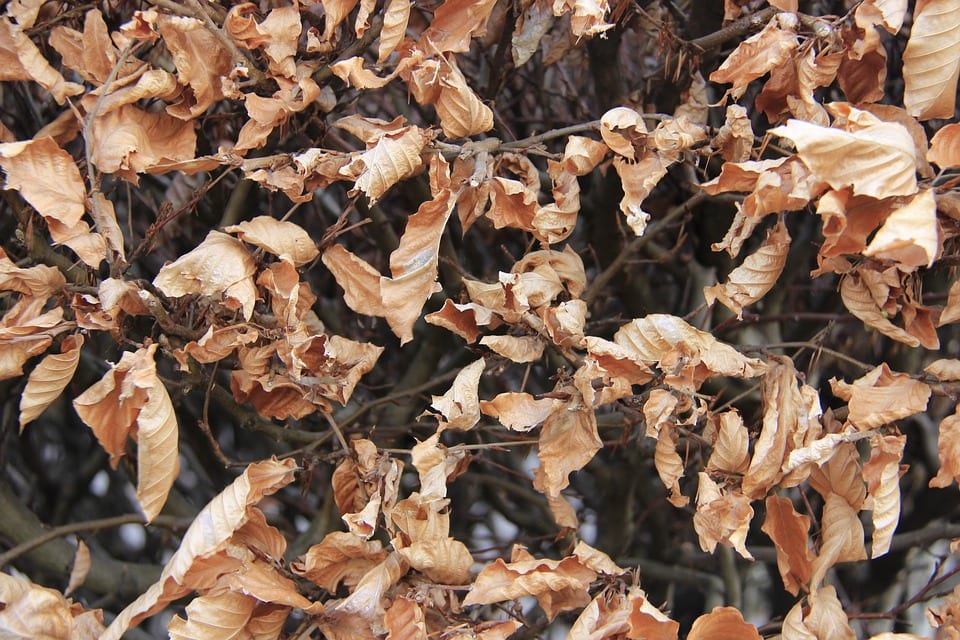
What to do? In this case, it is necessary to protect the cycas revoluta with yellow leaves from direct light with a shading net or, if we have it in a pot, changing its place, and gradually getting it used to the sun, starting in winter, which is when rays are less direct. Every day we will expose it a little more and more to the king star so that it has time to get used to it.
Yellow spots on the leaves
The little yellow spots they appear especially after having spent their first cold winter abroad. Although it supports frosts down to -4ºC, it has to adapt little by little. You do not need to do anything, as she will grow new green leaves that year or the next.
However, a cyca revoluta with yellow leaves can also have problems due to the lack of potassiumTherefore, it is recommended to pay with fertilizers rich in this mineral between the months of spring and summer.
yellow tips
If it is only the tips, it is usually by lack of ventilation. This is a plant that often has this problem indoors. To avoid this, it is important to have it, whenever possible, outside, or in a room that is ventilated.
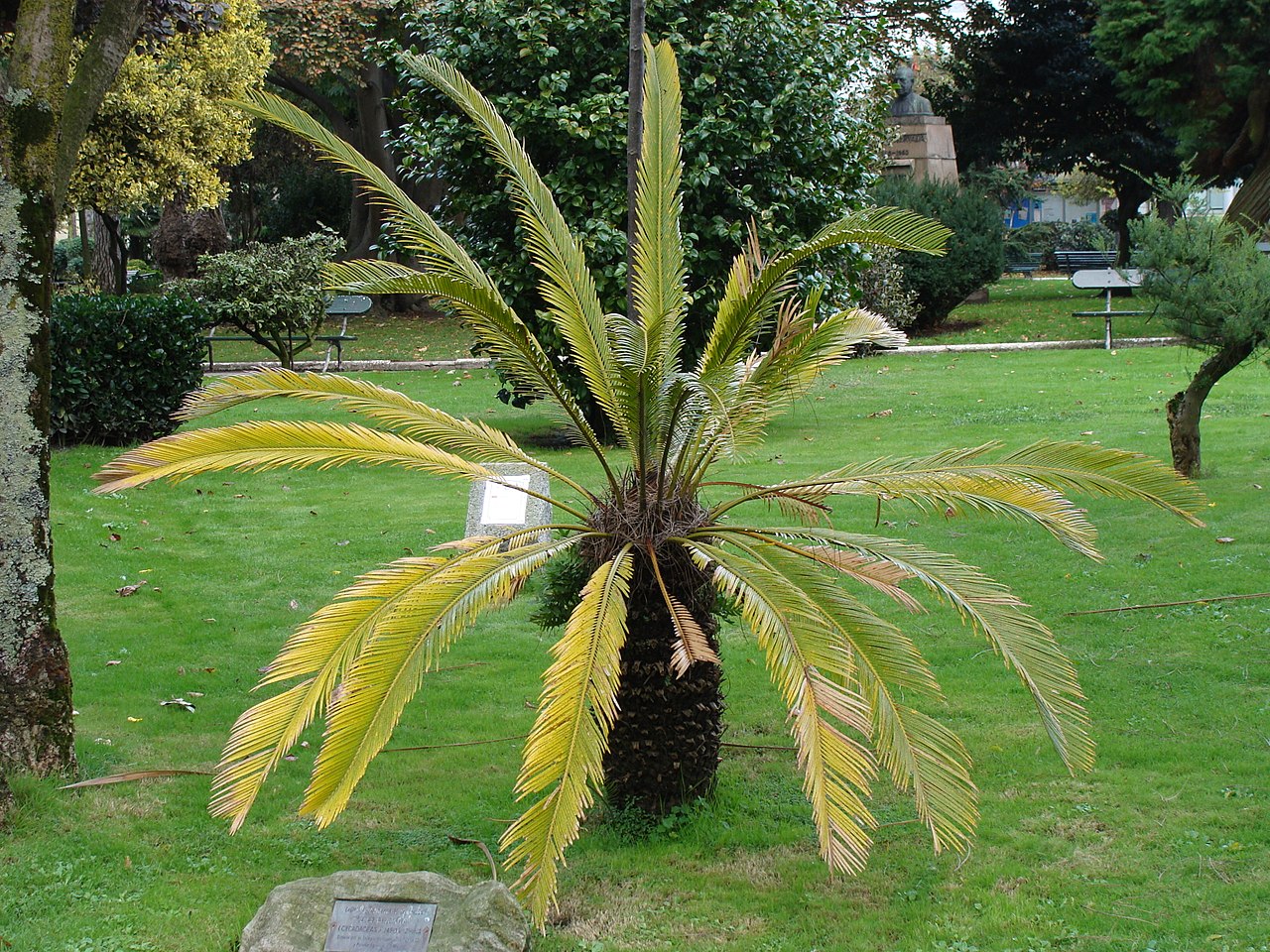
Lower (older) leaves yellow

Image - MGONLINE
If your Cyca only has yellow lower leaves, it can be mainly for two reasons: overwatering or underwatering. The plant must be watered about 2 times a week in summer, and every 4-5 days the rest of the year. At the time of watering, the soil must be soaked well, so that it reaches the roots well, since otherwise the leaves will begin to yellow.
In the event that we don't know whether you really need water or not, We can check the humidity by digging a little in the soil if we have it in the garden, or by inserting a thin wooden stick to the bottom of the pot to see if it comes out with a lot of substrate attached which would mean that it is humid and therefore it is not necessary to water.
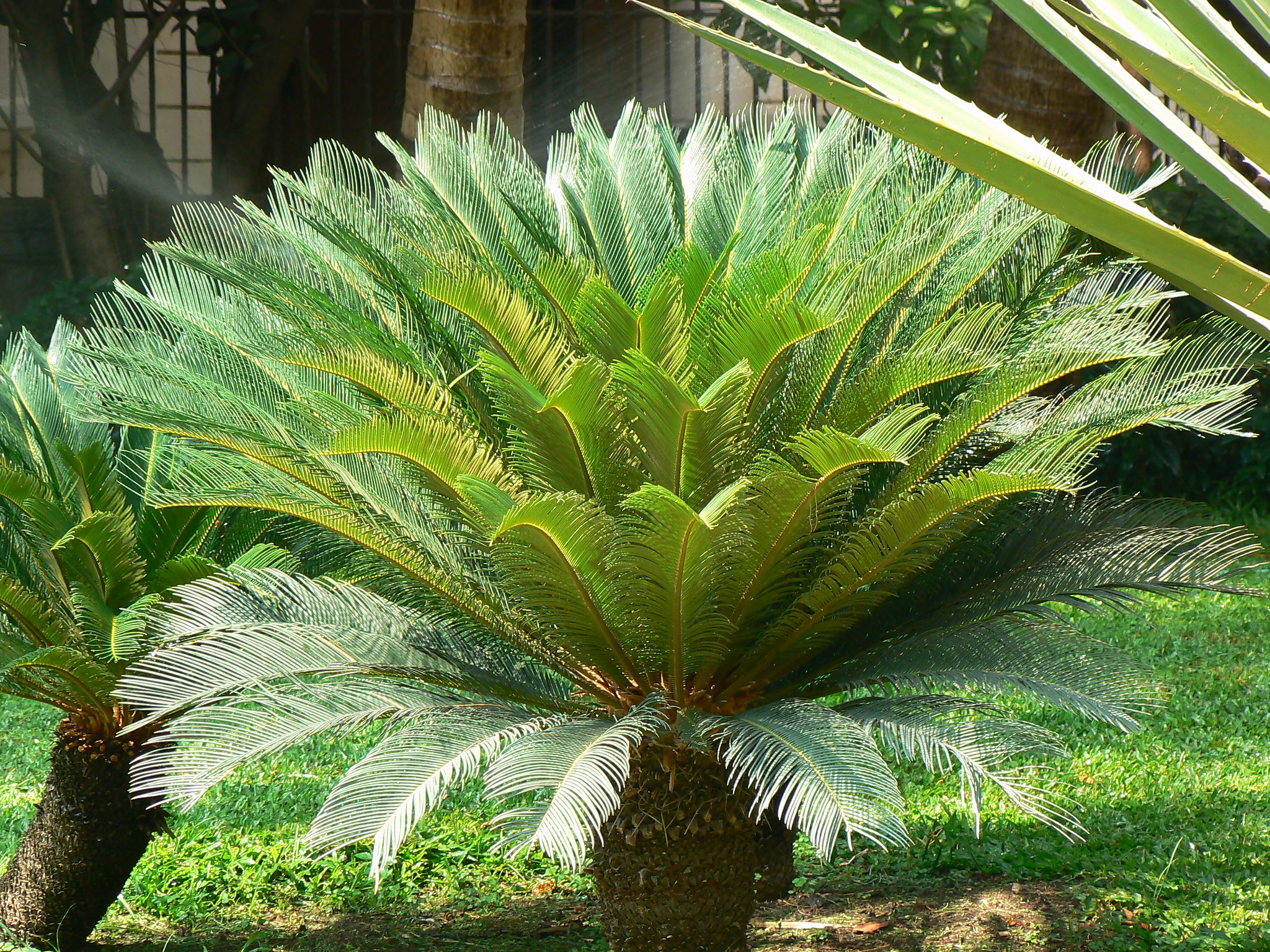
What to do if we have gone over the water? Ideally, cut the yellow leaves, and do not water until the soil or substrate has completely dried. To help her further, we can irrigate with powdered rooting hormones. Thus it will emit new roots.
We hope we have helped you to solve the problem of your plant.
Hello, good afternoon, I wanted to ask why my cyca revoluta has some areas of some dry leaves, and also in practically all the leaves it has yellow spots, it is usually in the patio where much of the day is shade, I can send photos. I would appreciate if you help me. Thanks in advance, regards
Hello José Manuel.
It may be that he was cold. If you have recently had it, it may take more time to get used to it.
Anyway, how often do you water it? It is advisable to water it once or twice a week in summer, and every 10-15 days the rest of the year.
It would also be advisable to treat it with an anti-mealybug insecticide, which you can buy at any nursery. Apply it both on leaves and on the ground, in case it is on the roots.
A greeting.
Hello, I have a small cyca for 4 years and it does not grow anything, also its 3 leaves are yellowish. He only had 2 shoots this year. It is in the semi shade and in a pot on my terrace. How can I help her grow?
Hello Veronica.
Cycas are slow growing. In any case, you can help it to grow by putting it in a pot with holes in the base (it does not like waterlogging), and fertilizing it in spring and summer with a compost for green plants or if you want something natural, with guano for example.
By the way, how often do you water it? You have to water little because it resists drought well, about 2 times a week, and even less in winter.
Greetings.